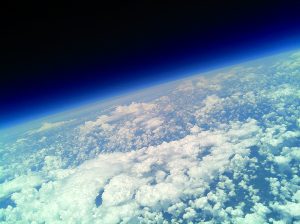100 Years of AGU
2019 marks AGU's Centennial year, a milestone representing the innovation, discovery, connections, and solutions in Earth and space science over the past century and the progress to come. Through each Centennial month, AGU will celebrate a different broad science and this page will serve as a hub to centralize the past, present, and future innovations of that featured science, as well as showing the stories of the humans behind the science. As 2019 begins, we celebrate the history of AGU and its growth from its first meeting to the evolution of its sections and membership. Later this month, the focus will be on Atmospheric Science and Climate Science.
Stories of our science
Listen to the entire collection of AGU Narratives here.
Historical Profile
 Lloyd Viel Berkner’s legacy as an atmospheric scientist and an AGU leader lives on through the Fall Meeting Berkner Travel Fellowship. This program funds Earth and space scientists in 88 countries to provide support for early career scientists and students to present research at AGU-sponsored or co-sponsored meetings. Read more about former AGU President Berkner's contributions and lasting impact in this Tribute from the National Academies Press.
Lloyd Viel Berkner’s legacy as an atmospheric scientist and an AGU leader lives on through the Fall Meeting Berkner Travel Fellowship. This program funds Earth and space scientists in 88 countries to provide support for early career scientists and students to present research at AGU-sponsored or co-sponsored meetings. Read more about former AGU President Berkner's contributions and lasting impact in this Tribute from the National Academies Press.
cONNECTIONS & OUR FUTURE

Meet Dereka Carroll-Smith, a NOAA Hollings Scholarship Alumna and current NSF Graduate Research Fellow and PhD student at the University of Illinois at Urbana-Champaign.
Celebrate 100 Grants: Featured Project
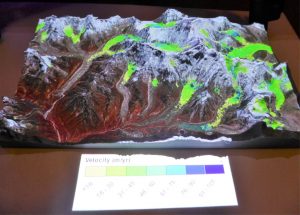 "Global to local perspectives on Himalayan glaciers," an engagement project led by Cameron Scott Watson of the University of Arizona, USA focused grant activities on community outreach in Nepal's Sagarmatha National Park (SNP) about the dynamics and future of Himalayan glaciers and how this affects the local population. Apply today for support through Celebrate 100 Grant opportunities to promote the value of Earth and space science.
"Global to local perspectives on Himalayan glaciers," an engagement project led by Cameron Scott Watson of the University of Arizona, USA focused grant activities on community outreach in Nepal's Sagarmatha National Park (SNP) about the dynamics and future of Himalayan glaciers and how this affects the local population. Apply today for support through Celebrate 100 Grant opportunities to promote the value of Earth and space science.
AGU History series
science & policy Feature: Climate
Through the past century, human understanding of atmospheric and climate science has greatly evolved, and the intersection of science and policy has become an important marker in advancing knowledge and yielding response. The media featured below describe some history and issues surrounding this area of science and provide ideas and paths for solutions.
Earth & space science Milestone: new year's day 2019 nasa new horizons ultima thule flyby
AGU is celebrating its Centennial in many ways, including showcasing milestones and interesting facts about science through social media shareables. The shareable below features the Ultima Thule flyby from the NASA New Horizons mission. View the entire collection of 100 Facts & Figures shareables, submit your own and join the conversation at #AGU100.
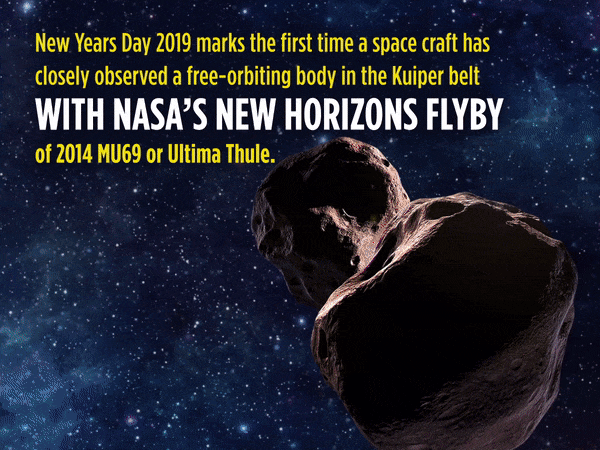
Featured Publications in Atmospheric Science
- Bounding the Role of Black Carbon in the Climate System: A Scientific Assessment
- On the Influence of Carbonic Acid in the Air Upon the Temperature of the Ground, Svante Arrhenius
- Mario J Molina & F. S. Rowland 1974, Stratospheric Sink for Chlorofluorocarbons: Chlorine Atom-Catalysed Destruction of Ozone
- The Primacy of Doubt: Evolution of Numerical Weather Prediction from Determinism to Probability
- Improving Climate Projections by Understanding How Cloud Phase Affects Radiation
- Geological Storage of Captured Carbon Dioxide as a Large‐scale Carbon Mitigation Option
- Cartograms Facilitate Communication of Climate Change Risks and Responsibilities
- Changing Weather Extremes Call for Early Warning of Potential for Catastrophic Fire
INNOVATION & DISCOVERY
Subauroral Phenomena
Noted in several sessions at Fall Meeting 2018, a major discovery from the past century in atmospheric sciences included an optical atmospheric phenomenon originally thought to be a new type of aurora. Read more about STEVE, a sub-auroral atmospheric phenomenon originally published in this 2018 EOS article!
SCIENCE SPOTLIGHT
ATMOSPHERES BEYOND EARTH
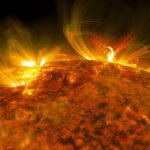

The search for life on exoplanets and terrestrial planets in the solar system, (heavily targeted to Mars) involves atmospheric characterization in planets beyond Earth. Two recent EOS articles report on the technology's limitations in evaluating conditions for life with the James Webb Telescope, as well as looking at new information about the impact of solar flares on oxygen concentration on Mars.


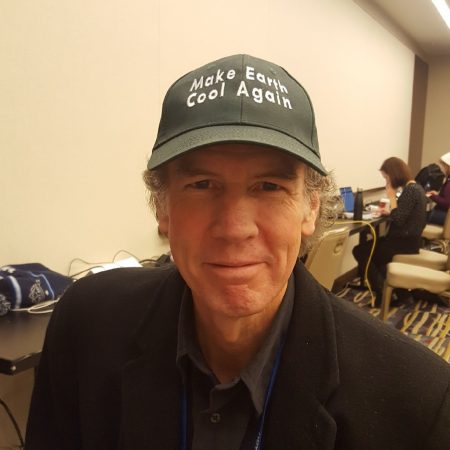

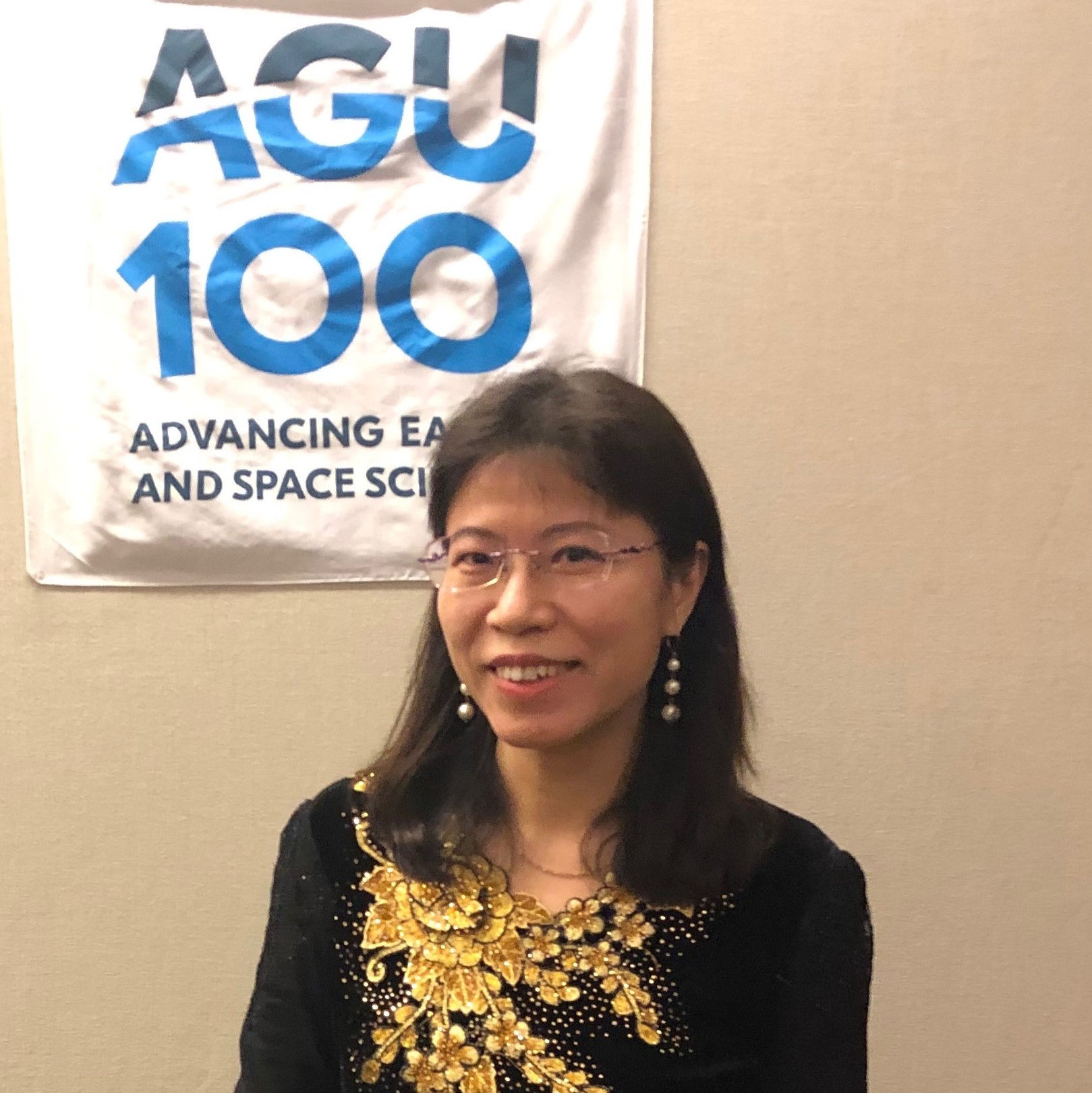

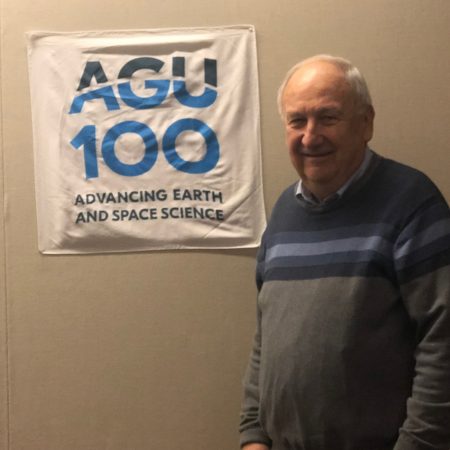

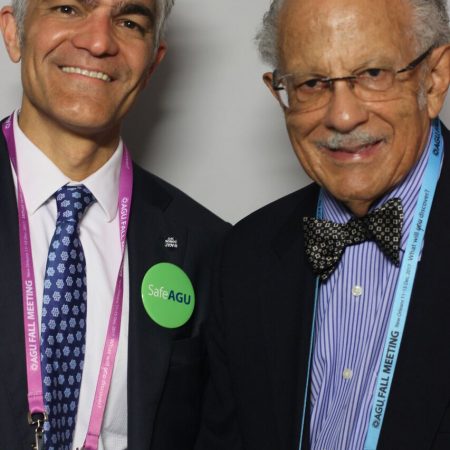
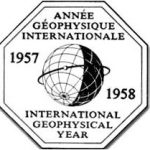 By Vicki Zwart
Two of the American Geophysical Union’s most prominent past members were among the masterminds behind the International Geophysical Year (IGY), “an unprecedented study of our physical environment.” According to former Union president James Van Allen i...
By Vicki Zwart
Two of the American Geophysical Union’s most prominent past members were among the masterminds behind the International Geophysical Year (IGY), “an unprecedented study of our physical environment.” According to former Union president James Van Allen i... By Vicki Zwart
For more than 40 years, the American Geophysical Union’s Congressional Science Fellows have helped influence and shape policy on Capitol Hill, working with leading members of Congress on legislation that significantly impacts the health and well-being of the coun...
By Vicki Zwart
For more than 40 years, the American Geophysical Union’s Congressional Science Fellows have helped influence and shape policy on Capitol Hill, working with leading members of Congress on legislation that significantly impacts the health and well-being of the coun...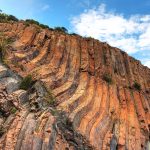 By Vicki Zwart
When the first Annual Meeting of the American Geophysical Union was held in Washington, D.C., on 23 April 1920, the fledgling society had few members – just 65 - but plenty to talk about. Per “the Organization and Aims of the American Geophysical Union,” pr...
By Vicki Zwart
When the first Annual Meeting of the American Geophysical Union was held in Washington, D.C., on 23 April 1920, the fledgling society had few members – just 65 - but plenty to talk about. Per “the Organization and Aims of the American Geophysical Union,” pr...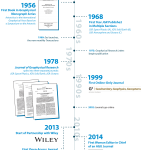 By Vicki Zwart
The American Geophysical Union’s first publication – Transactions – was a catch-all during the early days of the society, publishing research papers, minutes from Executive Committee meetings, and news from the geophysics community on a bimonthly basis. ...
By Vicki Zwart
The American Geophysical Union’s first publication – Transactions – was a catch-all during the early days of the society, publishing research papers, minutes from Executive Committee meetings, and news from the geophysics community on a bimonthly basis. ... By Vicki Zwart
The American Geophysical Union joined the computer age in 1986 when its electronic communications network Kosmos went online. It was established to provide alternative means for communication between and among AGU members and more importantly, according to Eos...
By Vicki Zwart
The American Geophysical Union joined the computer age in 1986 when its electronic communications network Kosmos went online. It was established to provide alternative means for communication between and among AGU members and more importantly, according to Eos... By Vicki Zwart
While the United States did not enter into World War II until 1941, the American Geophysical Union felt its distressing effects much earlier. The Union had been planning since 1936 for the first General Assembly on American soil of the International Union of Geo...
By Vicki Zwart
While the United States did not enter into World War II until 1941, the American Geophysical Union felt its distressing effects much earlier. The Union had been planning since 1936 for the first General Assembly on American soil of the International Union of Geo... By Vicki Zwart
The American Geophysical Union’s coming of age happened a little later than most. It was not until after the Union had turned 50 that it acquired independent legal status from the National Academy of Sciences (NAS).
AGU was created in 1919 when the National...
By Vicki Zwart
The American Geophysical Union’s coming of age happened a little later than most. It was not until after the Union had turned 50 that it acquired independent legal status from the National Academy of Sciences (NAS).
AGU was created in 1919 when the National...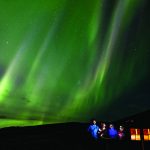 By Vicki Zwart
Students have been an important part of the American Geophysical Union membership for more than 60 years. Student participation in the Union was first explored in 1948 when a special committee investigated if adding a student membership grade was feasibl...
By Vicki Zwart
Students have been an important part of the American Geophysical Union membership for more than 60 years. Student participation in the Union was first explored in 1948 when a special committee investigated if adding a student membership grade was feasibl...
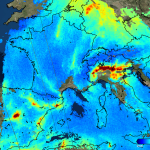




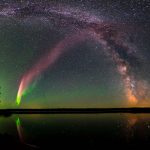
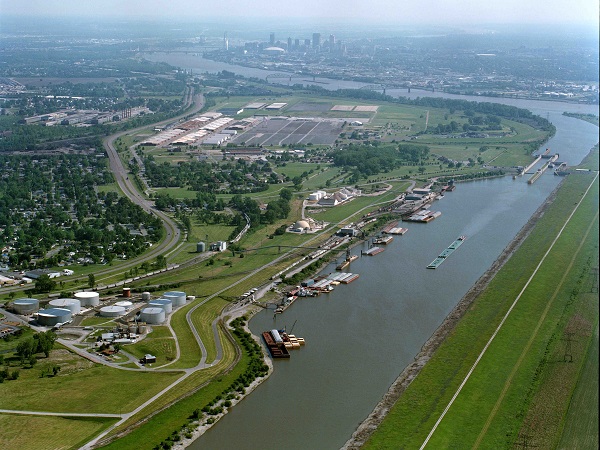 Granite City, IL: This 2015-2017 collaboration featured two parallel initiatives: collaboration with the Granite City Cool Cities Committee to finalize the city’s sustainability plan and complementa...
Granite City, IL: This 2015-2017 collaboration featured two parallel initiatives: collaboration with the Granite City Cool Cities Committee to finalize the city’s sustainability plan and complementa...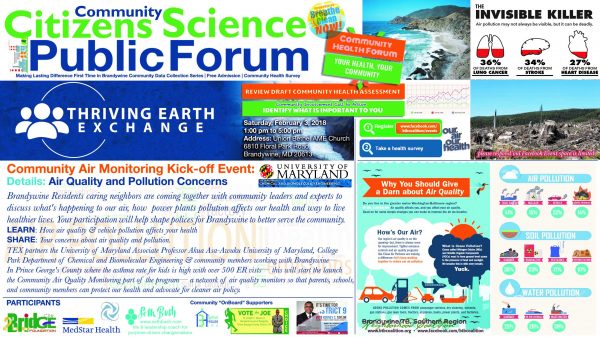 Brandywine residents are concerned about their exposure to air pollution due to high levels of industrial activity in and around the community, including the operation of three large fossil-fuel power...
Brandywine residents are concerned about their exposure to air pollution due to high levels of industrial activity in and around the community, including the operation of three large fossil-fuel power...